
加拿大房屋风格
君莫笑加拿大是北大荒。这里的房屋风格真是各有千秋。哪一款你喜欢?
Craftsman 工匠式风格
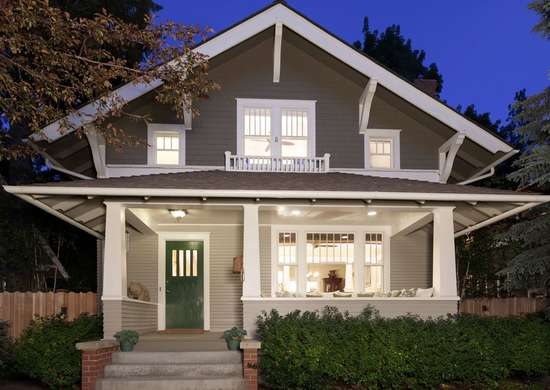
This house style emerged from the Arts and Crafts movement of the early 1900s, which rebelled against industrial production and extravagance and instead embraced handcrafted elements and natural materials like wood, stone, and brick. Defining features of Craftsman bungalows include columned front porches, low-pitched roofs, and double-hung windows with divided panes in the upper sash and one large pane in the lower sash.
Cape Cod 科德角式建筑风格
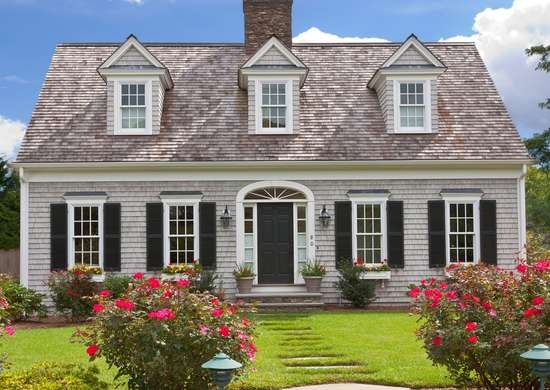
Originally built by English settlers in the 17th century, Cape Cod homes saw a resurgence in popularity during the 1940s. The quaint structures are recognized by their steep roofs, central chimneys, shingle siding, and symmetrical windows framing the front door.
Ranch 牧场式风格
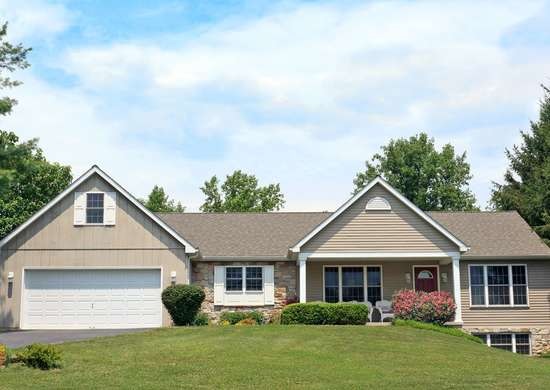
From the 1940s to the 1980s, ranch-style homes dominated new construction in the southern and western United States. Americans loved their open, single-story floor plans, attached front garages, sliding glass doors, and low rooflines.
Contemporary 当代风格
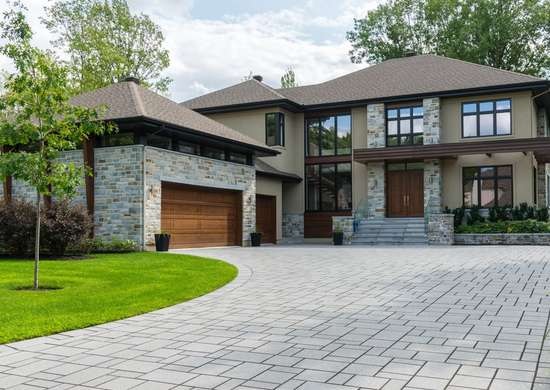
Many newly constructed homes incorporate a wide variety of architectural influences, giving them a “contemporary” look. Guiding principles of these modern dwellings include sustainability, energy efficiency, open floor plans, and plenty of natural light.
Queen Anne 安妮女王风格
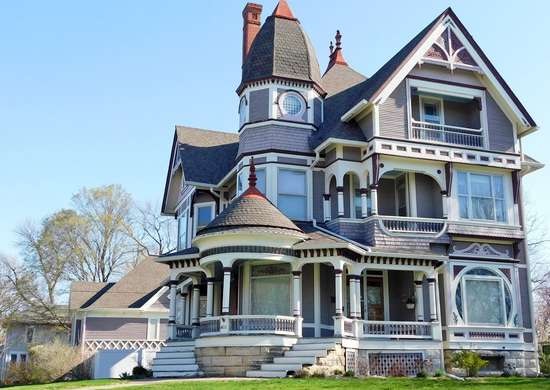
This Victorian-era house style became mainstream in the United States after the Civil War. Often vibrantly colored and asymmetrical, Queen Annes stand out from the pack with their varied rooflines, turrets, spindlework, and prominent front porches.
Colonial 殖民风格
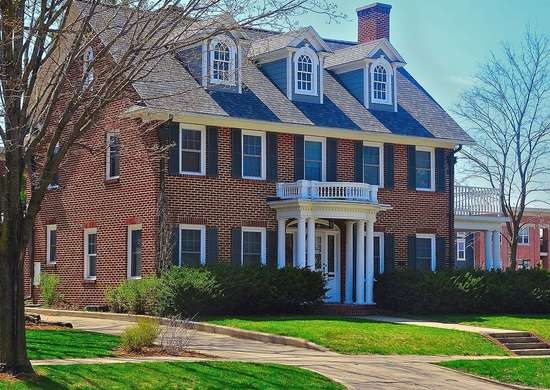
Colonial Revival houses emulate the simple residences of early American colonists, and their reputation boomed after the 1876 Centennial Exhibition instilled a sense of nationalistic pride in the family home. The symmetrical two-story brick dwellings often feature a grand entryway, dormers, and evenly spaced windows with shutters.
Tudor 都铎风格
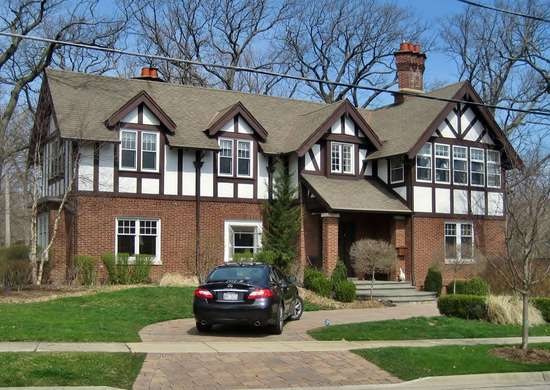
Half-timber framing and steeply pitched rooflines define Tudor Revival architecture. Vaguely modeled after English Tudor-era dwellings, this style of home was widely built in the Northeast and Midwest during the 1920s.
Townhouses 镇屋风格
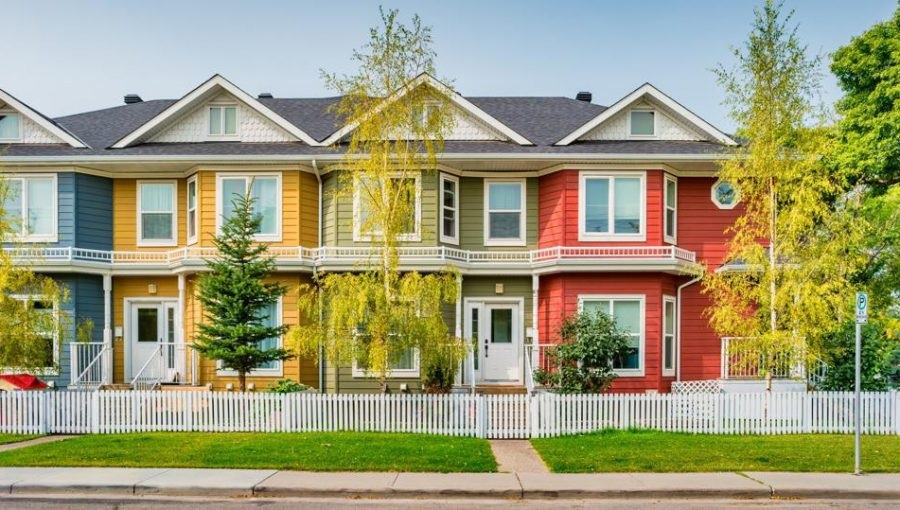
Townhouses, sometimes known as row houses, are multistory dwellings stacked side-by-side, often sharing walls with each other. Both space-conscious and practical, townhouses became popular in the early 19th century, and they still endure today, especially in big cities.
Prairie 大草原风格
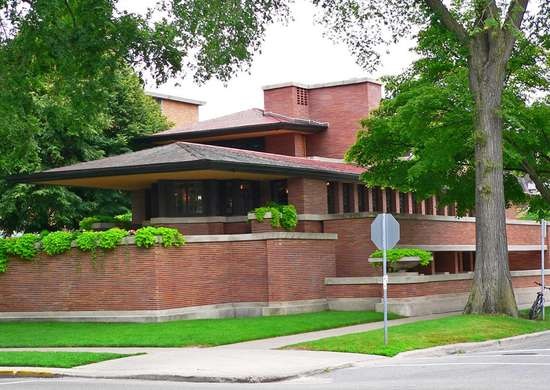
Most famously associated with Frank Lloyd Wright, Prairie-style homes rely on a low, horizontal aesthetic to dissociate themselves from European influence. They’re usually built to flow with the natural expanses of the American Midwestern landscape.
Midcentury Modern 新世纪现代风格
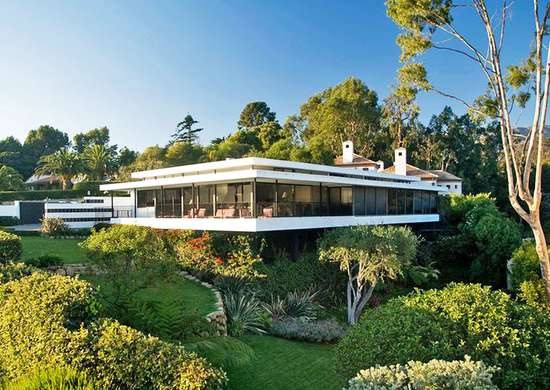
Born of the forward-thinking mindset of the 1940s and 1950s, midcentury modern is still one of the most celebrated architectural styles today. This aesthetic embraces open space, large glass windows, geometric lines, and the integration of nature.
Neoclassical 新古典风格
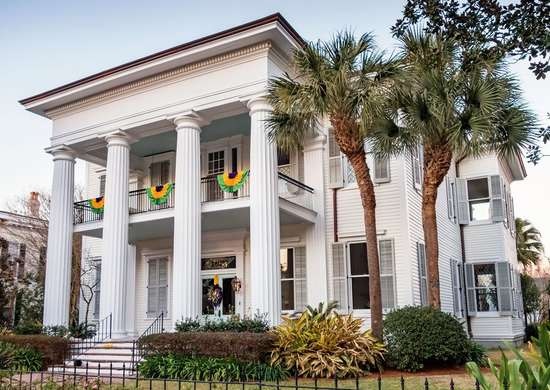
Neoclassical homes exude grandeur with their iconic full-height columned front porches. The style, which was extremely popular in the United States through the late 1800s, reflected the classical ideals of beauty found in Greek and Roman architecture.
Mediterranean 地中海风格
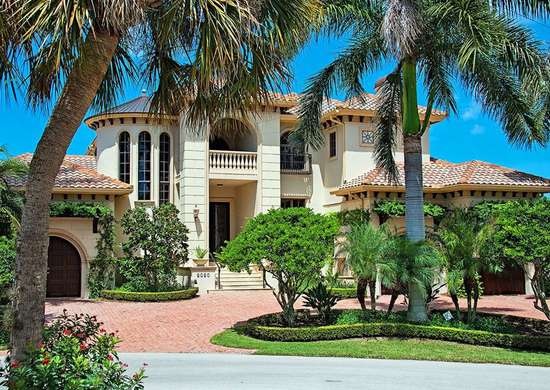
Drawing from the architecture of Spain, Italy, and Portugal, Mediterranean-style homes display red tiled roofs, stucco exterior walls, and elaborate arches. This aesthetic rose in popularity during the 1960s, particularly in warmer states like Florida and California.
Modular 模塊式
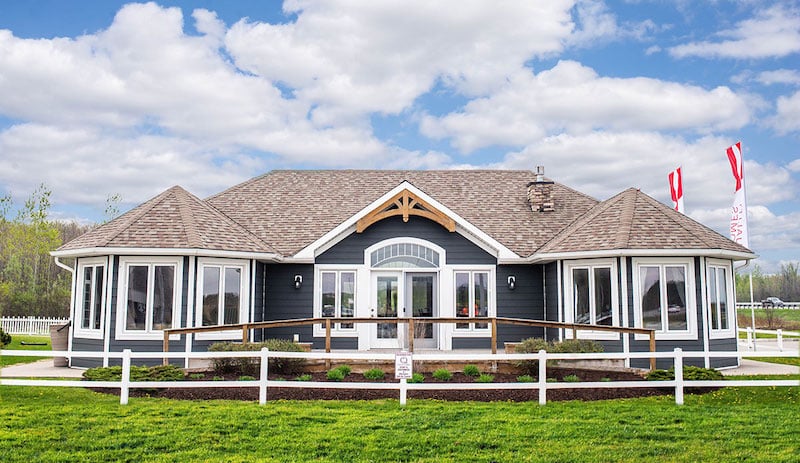
模塊式房屋是現代新興的高效的建造形式。請點擊此鏈接下載中文資料。
A high-efficiency manner of home building: Please click the following link to download the English brochure.
蘇珊地產: 敬業 真誠 可靠
电话: 613-408-0659
微信扫码:

